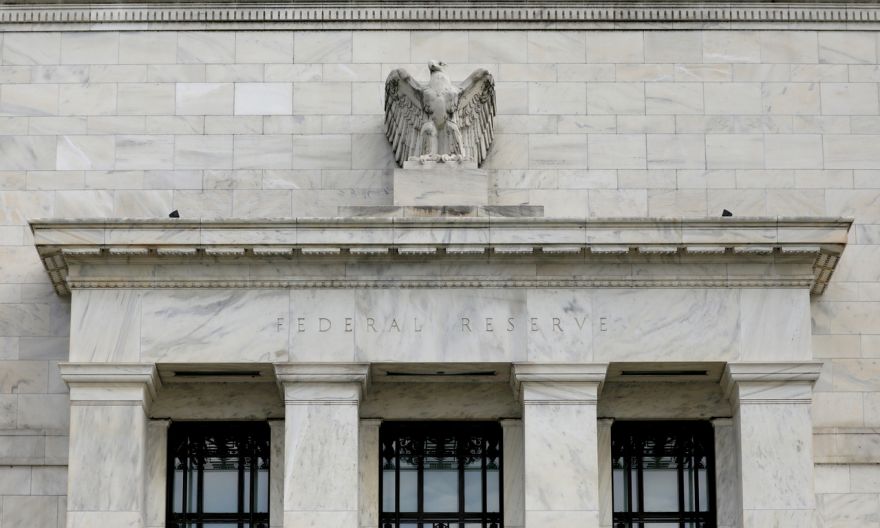As Fed tiptoes around tapering, investors look to August meeting for clarity

NEW YORK (REUTERS) – Investors looking for clear guidelines on when the United States Federal Reserve will begin tapering its massive bond purchases were left waiting on Wednesday (July 28), with all eyes next on the annual Jackson Hole conference of central bankers next month.
The central bank has been buying US$120 billion (S$162.8 billion) in fixed income assets per month – US$80 billion in Treasuries and US$40 billion in mortgage-backed securities – to support the US economy as it recovers from the impact of the coronavirus pandemic, and markets have been fixated on when the Fed will start tapering.
Mr Powell said last month that there had been initial discussions about when to pull back.
if( window.innerWidth<=740 && document.getElementById("dfp-ad-imu1-mobile") != null) {
var element = document.getElementById("dfp-ad-imu1");
element.parentNode.removeChild(element);
document.getElementById("dfp-ad-imu1-mobile").id = "dfp-ad-imu1";
}
googletag.cmd.push(function() {
googletag.display("dfp-ad-imu1");
});
The Fed, which concluded its two day Federal Open Market Committee policy meeting on Wednesday, appeared to make progress in that discussion, though there was no clear timetable.
BMO Global Asset Management co-head of US fixed income Scott Kimball said: “The Fed opened the door to tapering but they didn’t pin themselves into it.”
As a result, the market will likely now focus heavily on whether the central bank will give further indications at the Jackson Hole conference on Aug 26-28 of its policy to allow inflation run hotter than normal to make up for periods of low inflation, said Mr Kimball.
if( window.innerWidth<=740 && document.getElementById("dfp-ad-midarticlespecial-mobile") != null) {
var element = document.getElementById("dfp-ad-midarticlespecial");
element.parentNode.removeChild(element);
document.getElementById("dfp-ad-midarticlespecial-mobile").id = "dfp-ad-midarticlespecial";
}
googletag.cmd.push(function() {
googletag.display("dfp-ad-midarticlespecial");
});
“The Fed owes us an update on their thinking” given the economic recovery in the year since, he said.
Some analysts, such as senior economist Brian Rose at UBS Global Wealth Management, believe the Fed could announce tapering in December.
Fed Fund futures, a widely used security for hedging short-term interest rate risk, have fully priced a 25-basis point tightening by the first quarter of 2023, unchanged from prior to the release of the Fed statement.
“We didn’t expect this policy decision to cause too many waves and that’s exactly what it’s looking like,” said LPL Financial senior market strategist Ryan Detrick. “The Fed is seeing improvement in the economy, but the economy still needs assistance they’re going to leave rates where they are.”
Still, some see risks ahead as the Fed prepares eventually to start raising rates.
“For me, I don’t think the issue is tapering, it is lift-off, and that’s where the risk is”, in the scenario where growth is strong, said assistant portfolio manager Marcus Moore from Zeo Capital Advisors. “As I think about my portfolio, the risk is that lift-off happens much sooner than the market is anticipating.”
Some, however, said the Fed needs to be more direct in communicating its plans to pull back its emergency-level support of financial markets.
Mr Rick Rieder, chief investment officer of global fixed income at investment firm BlackRock, said: “Tapering in a deliberate manner… is now so insignificant to the size of financial markets that not outlining a plan is more confusing than just putting one out there for markets to react to (or not).”
